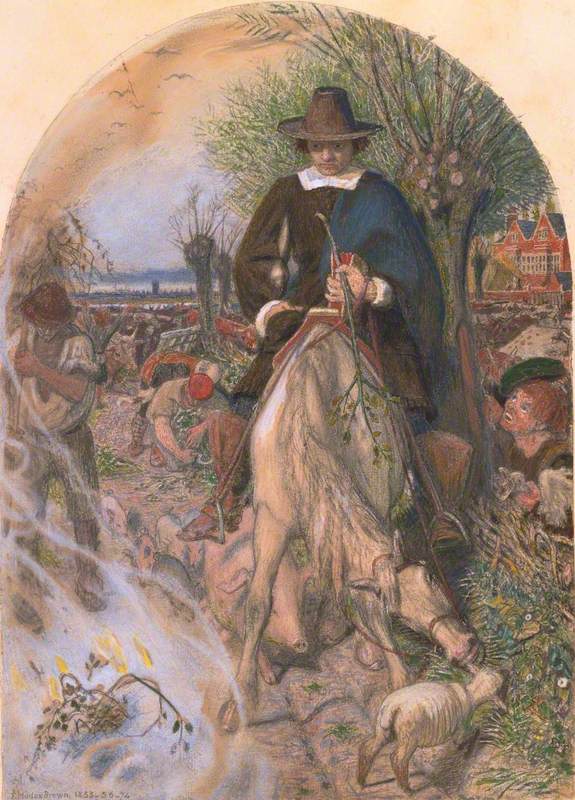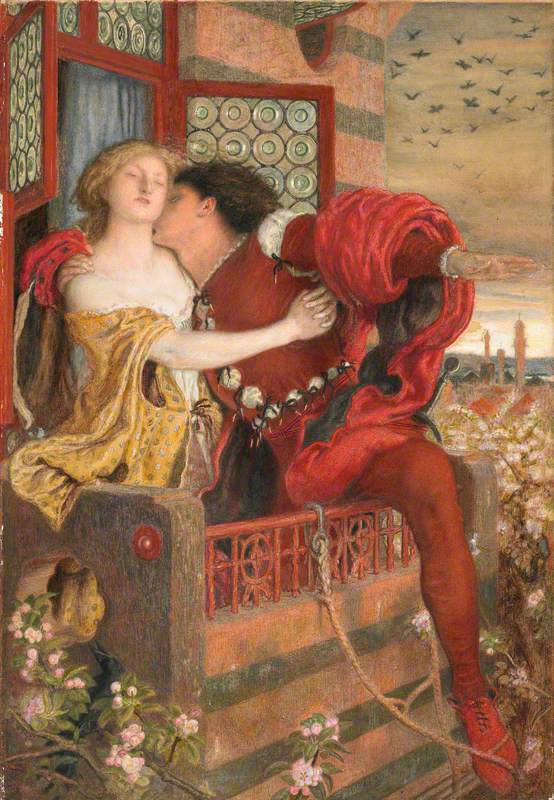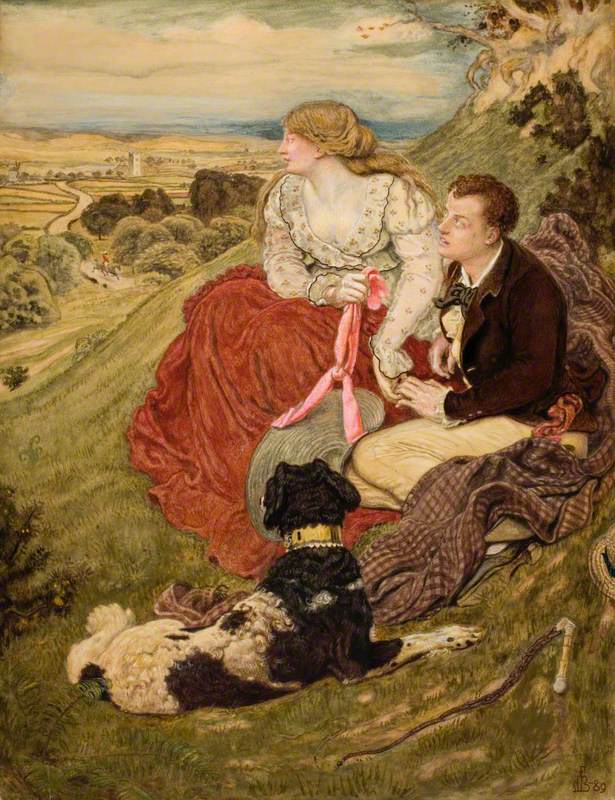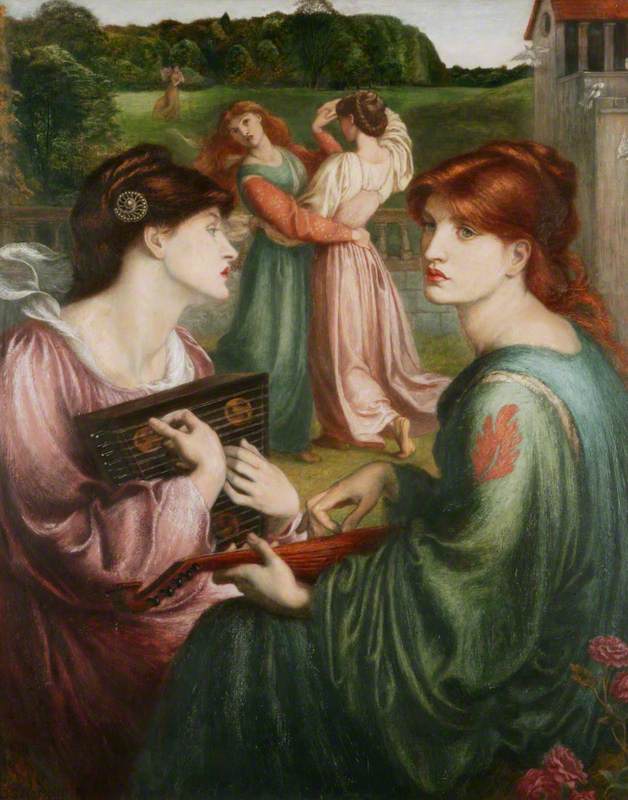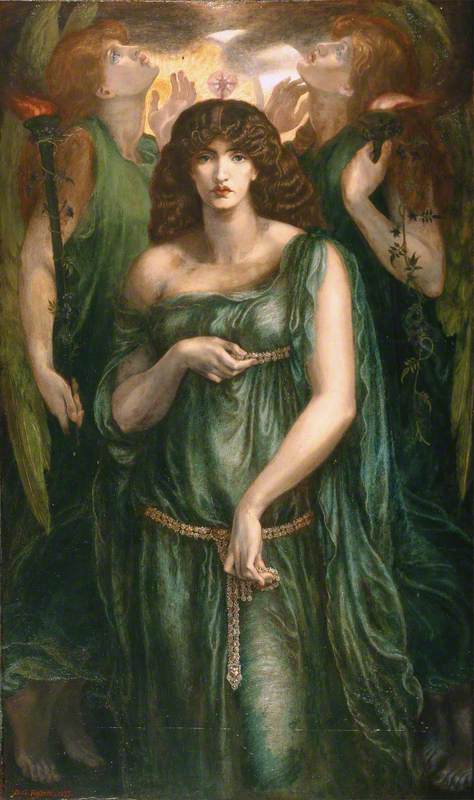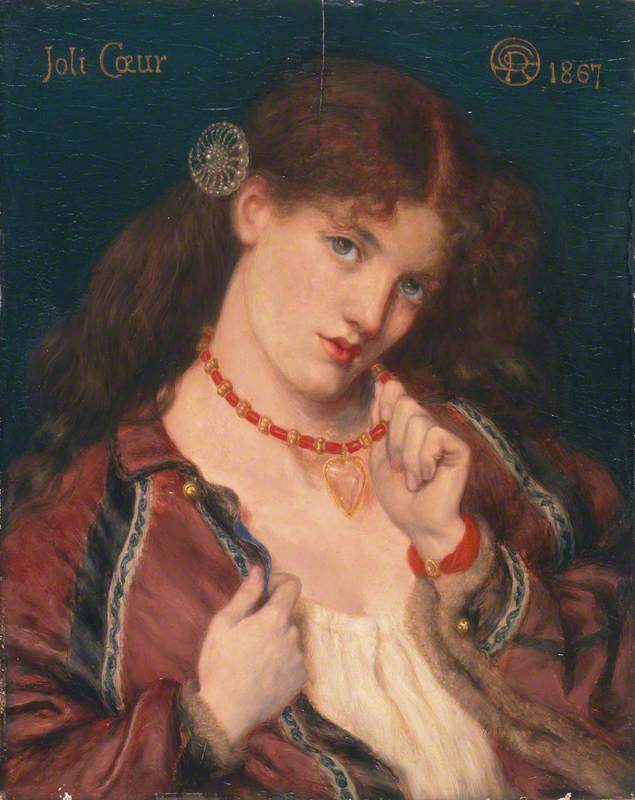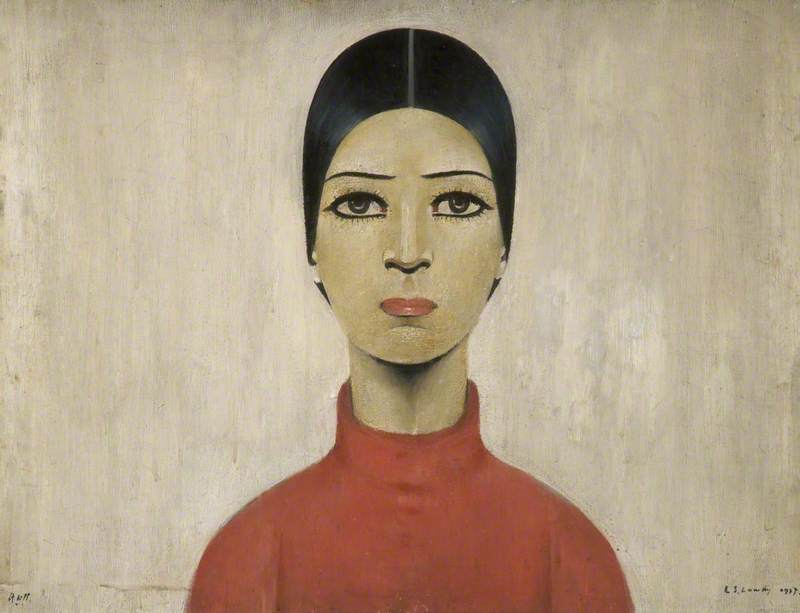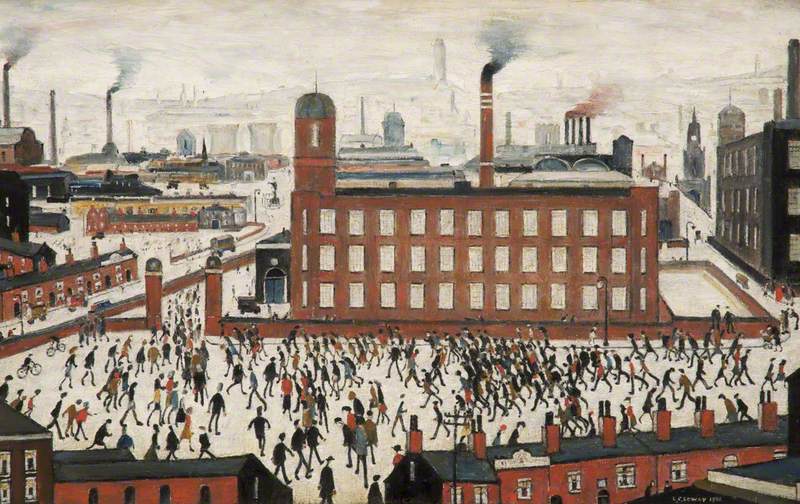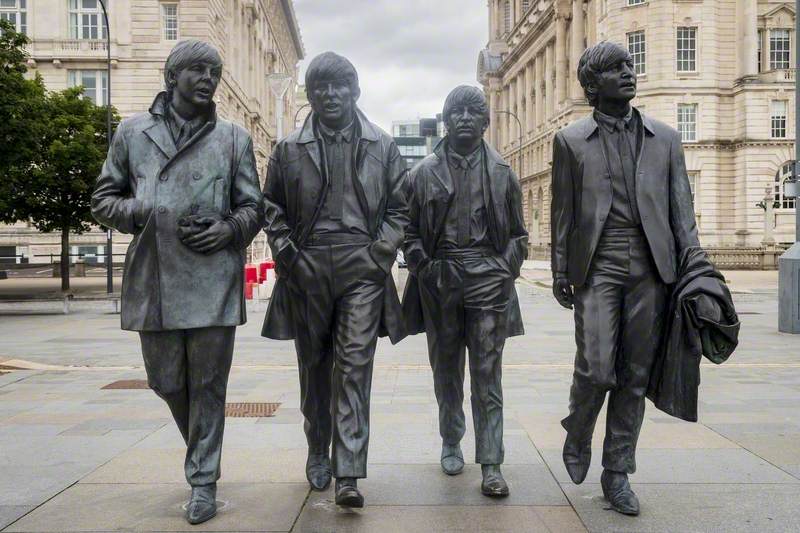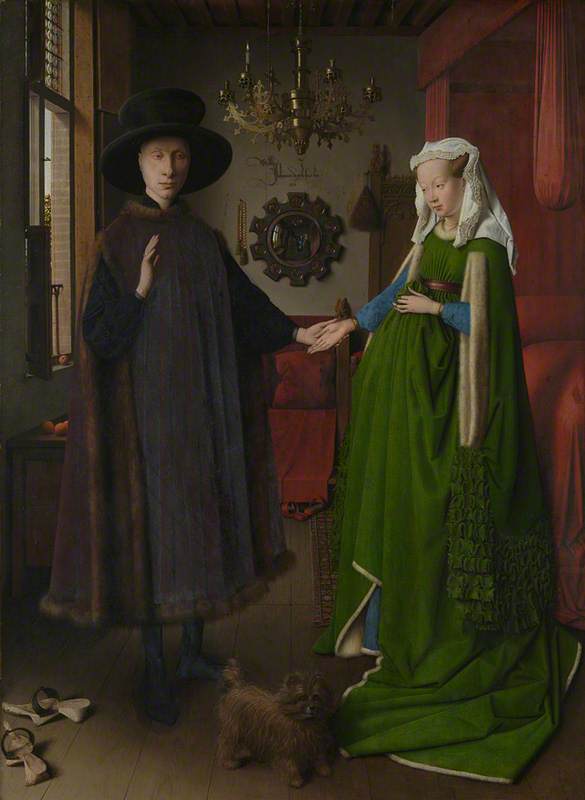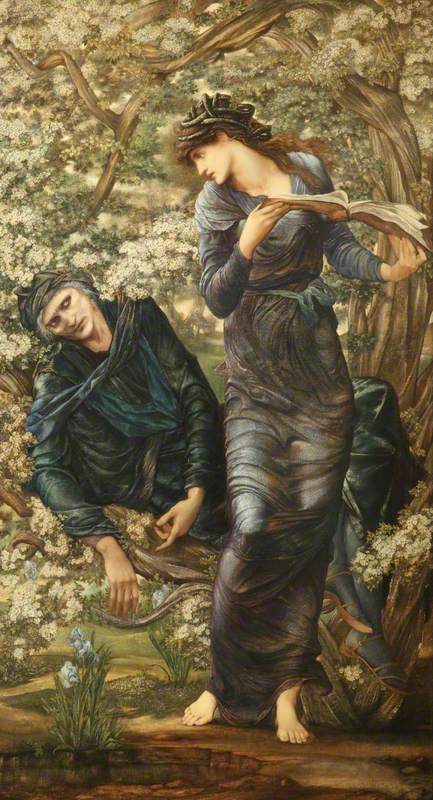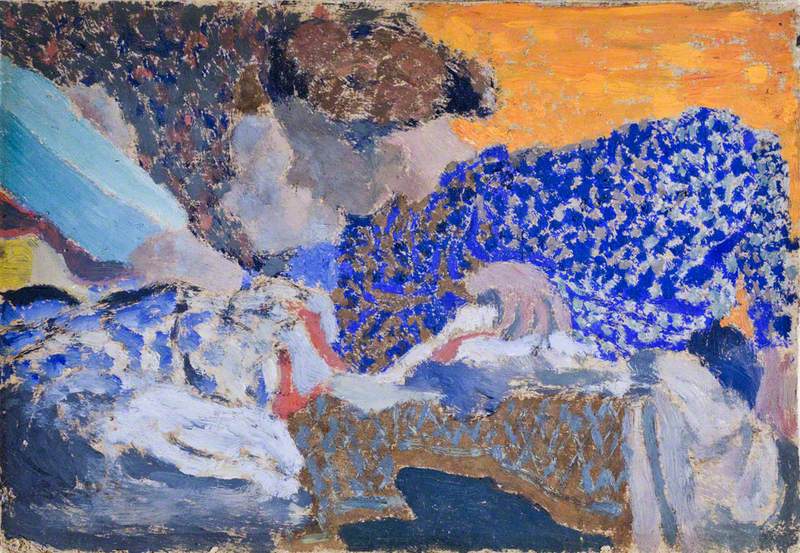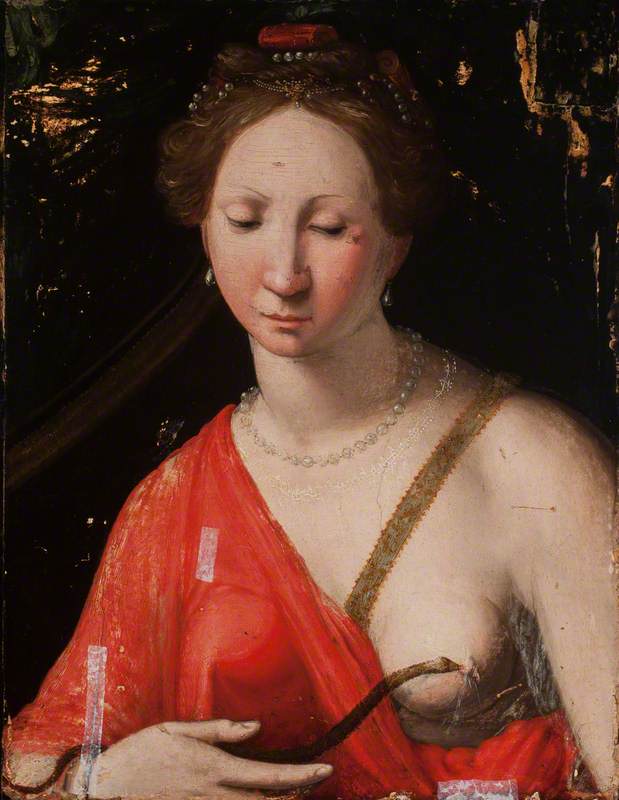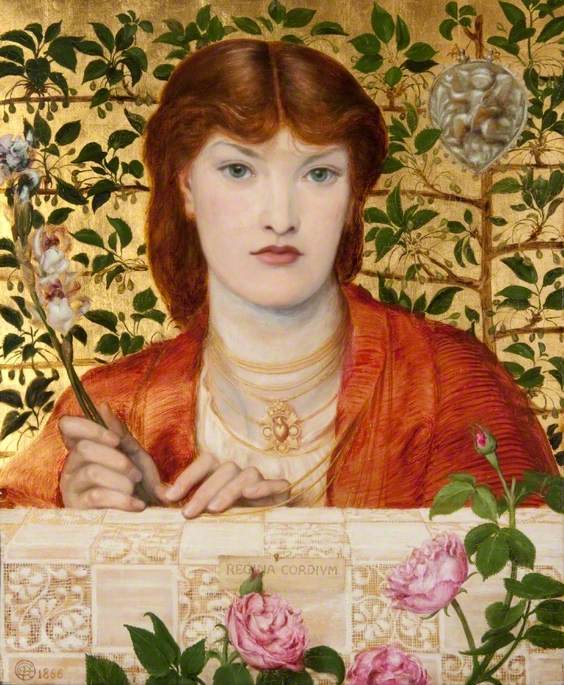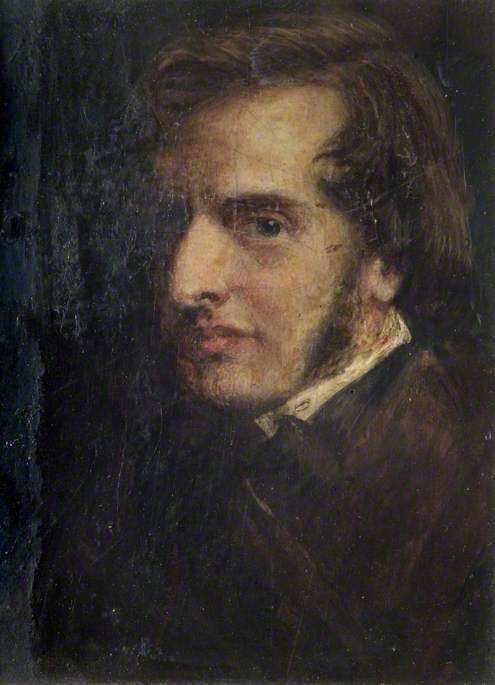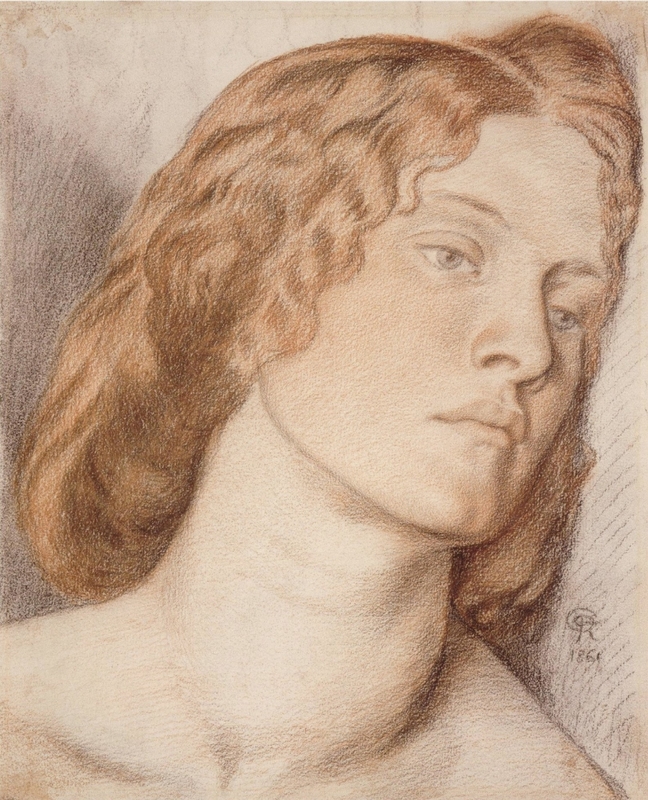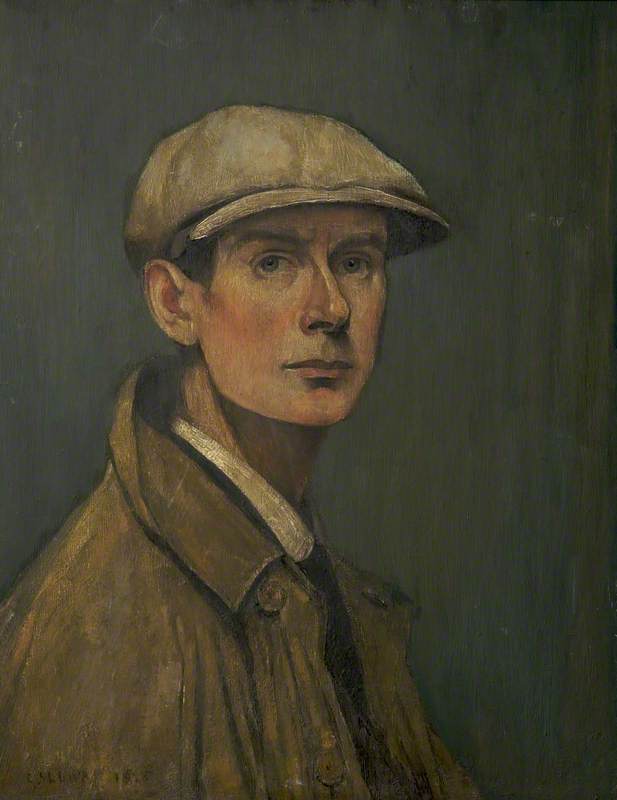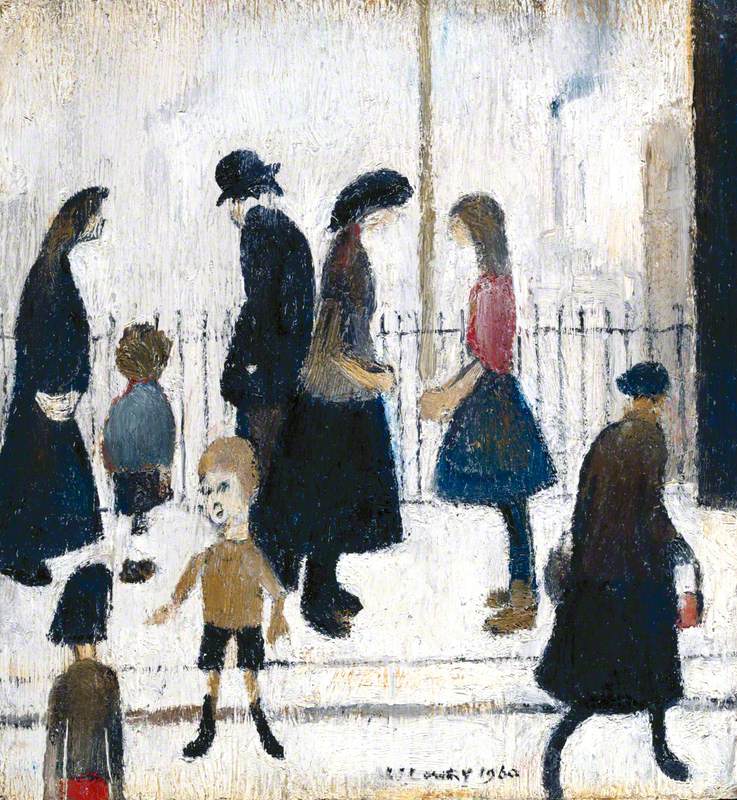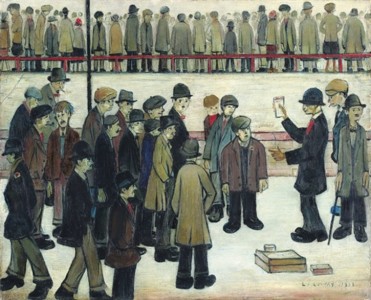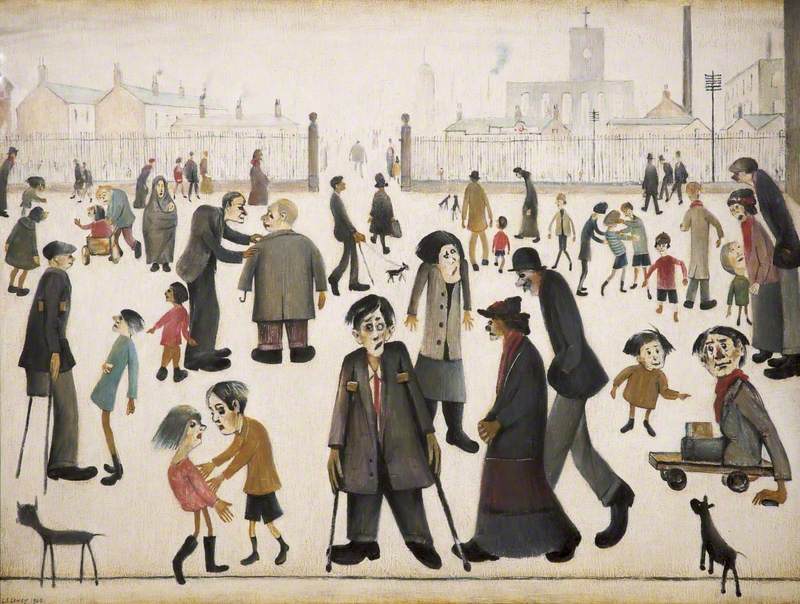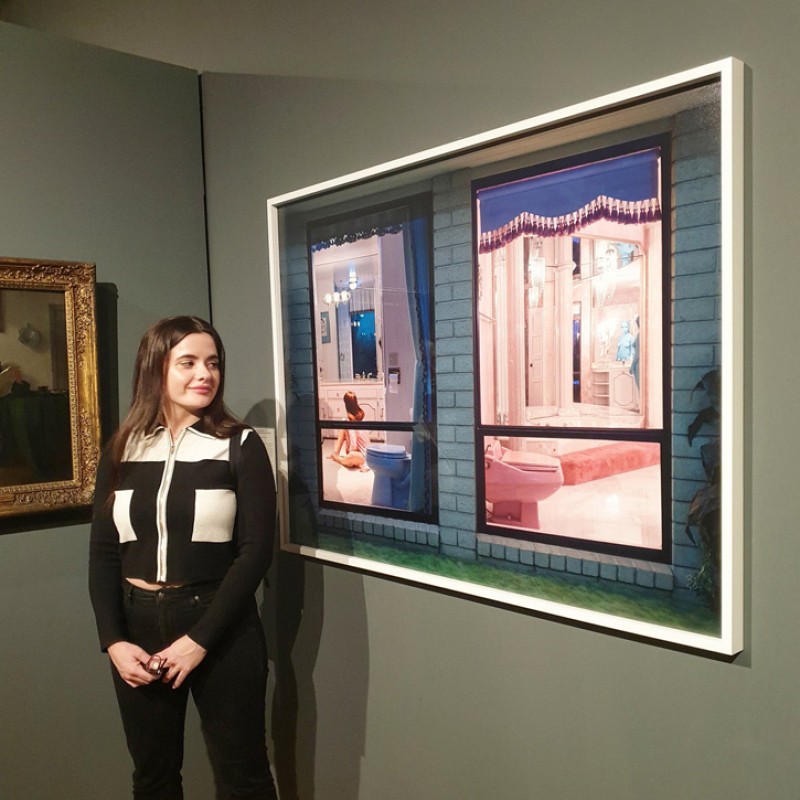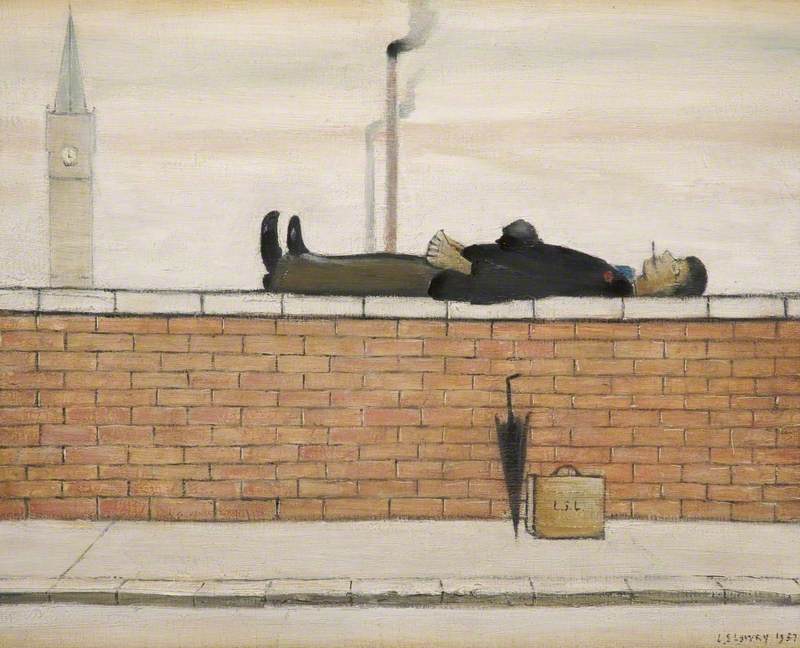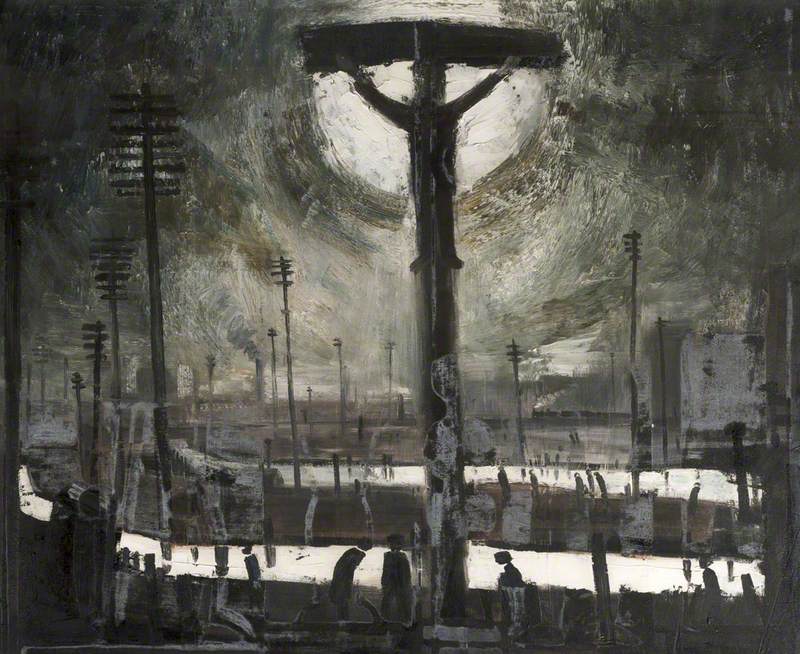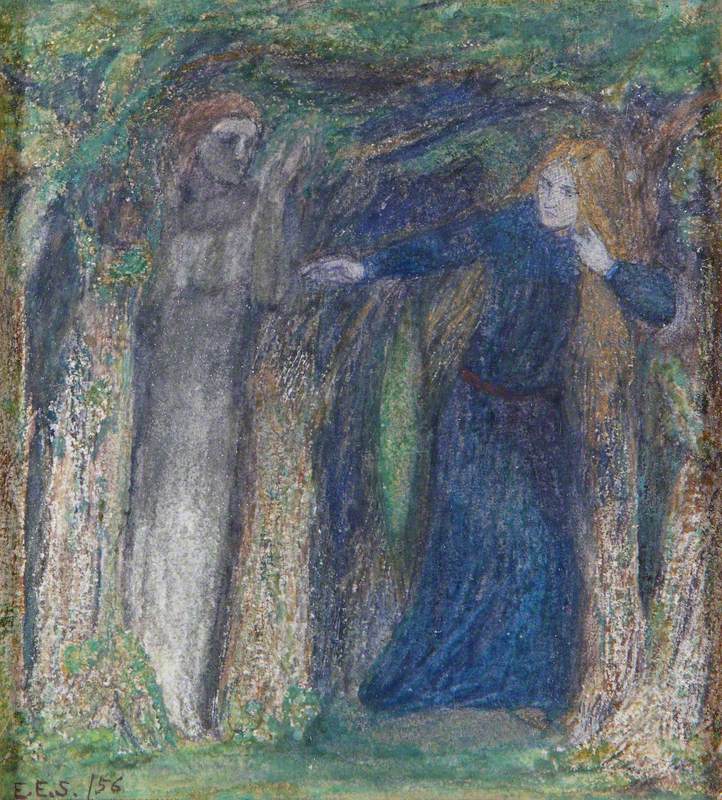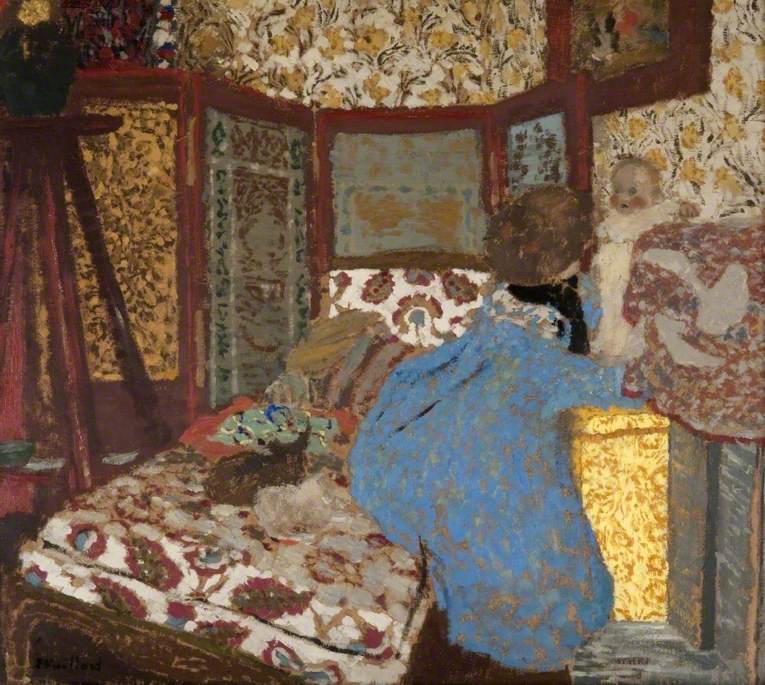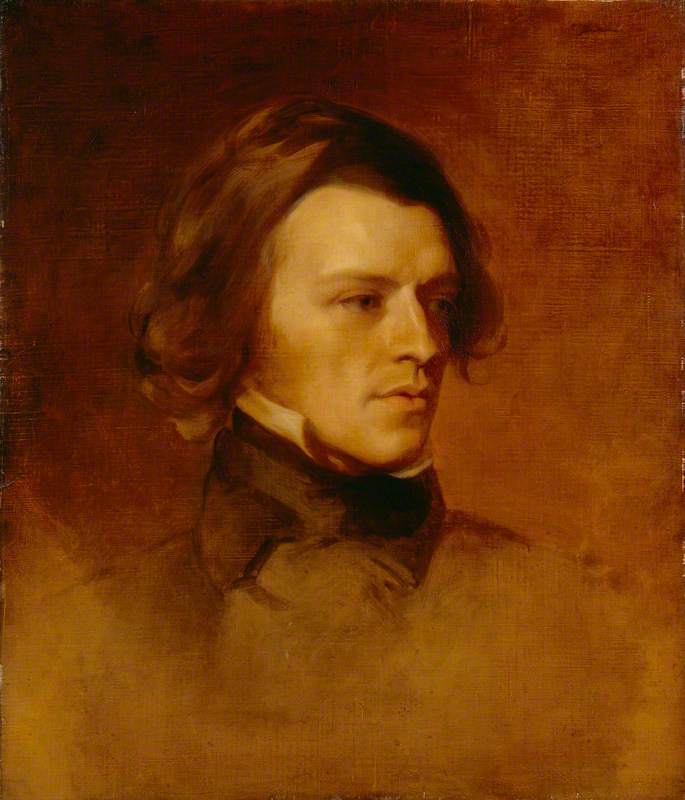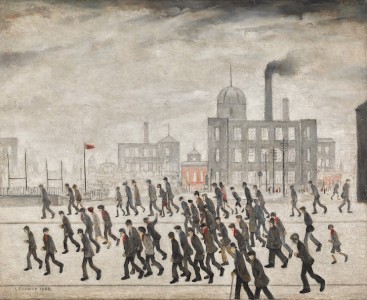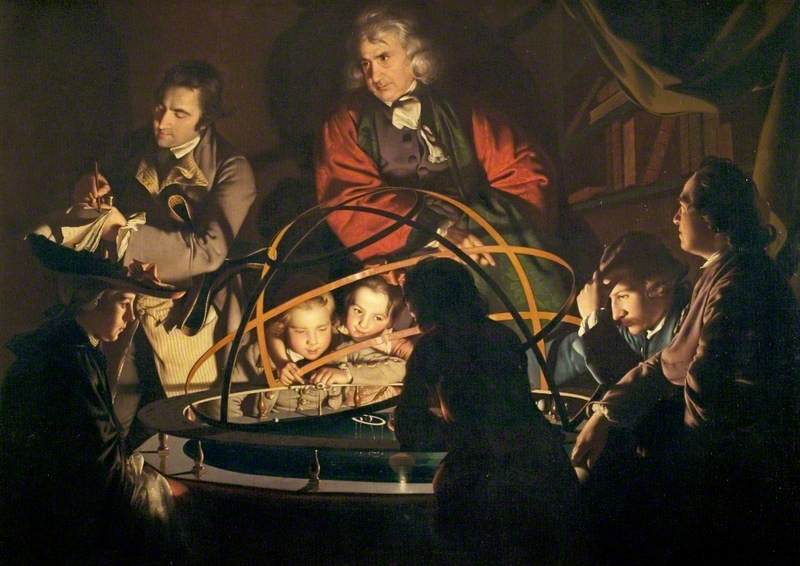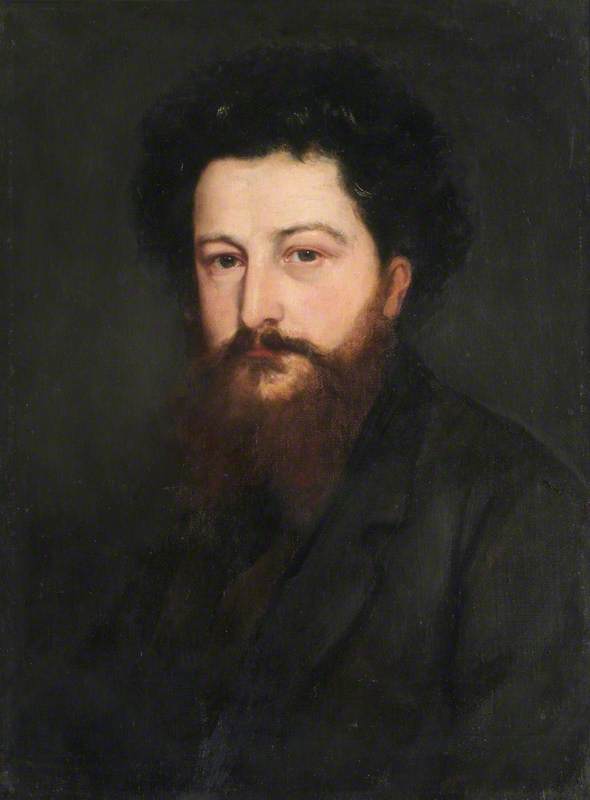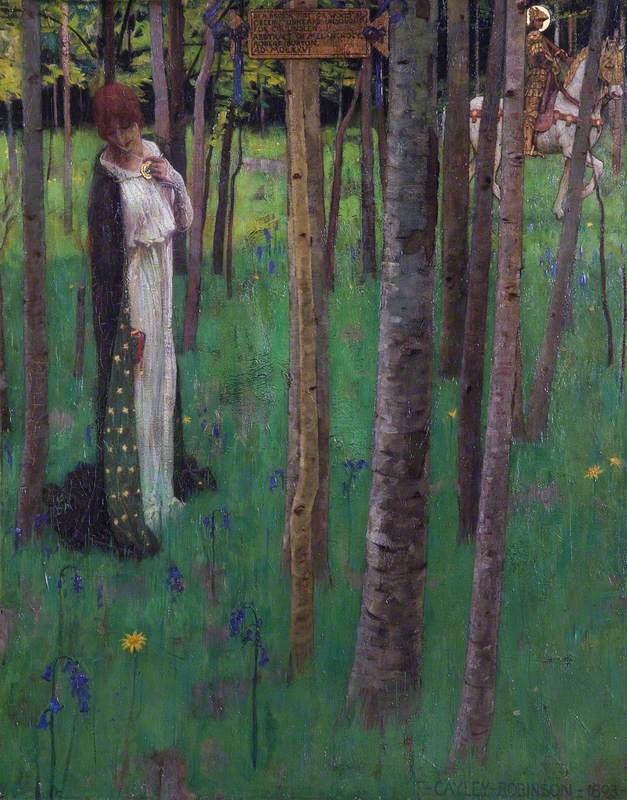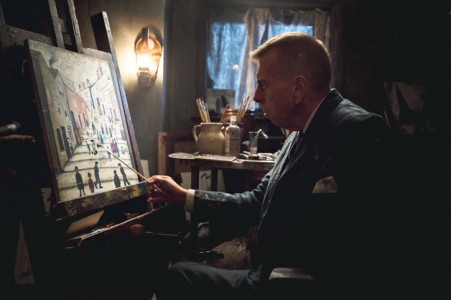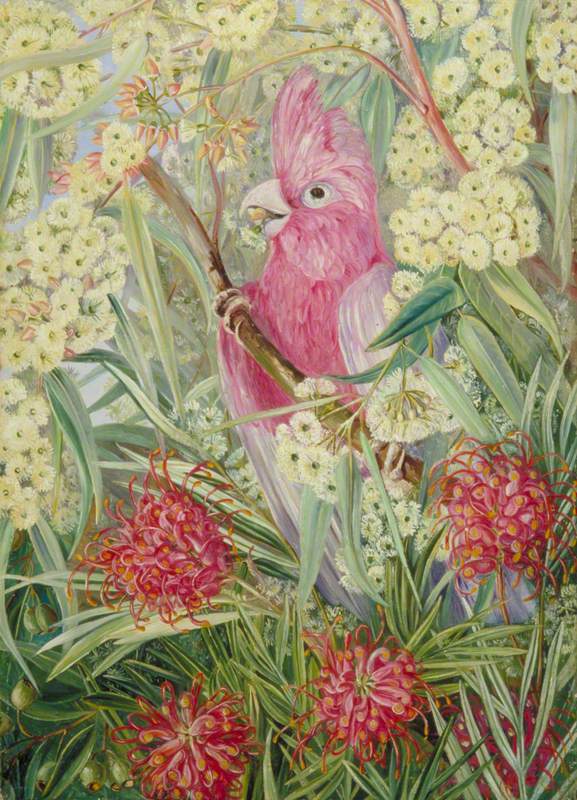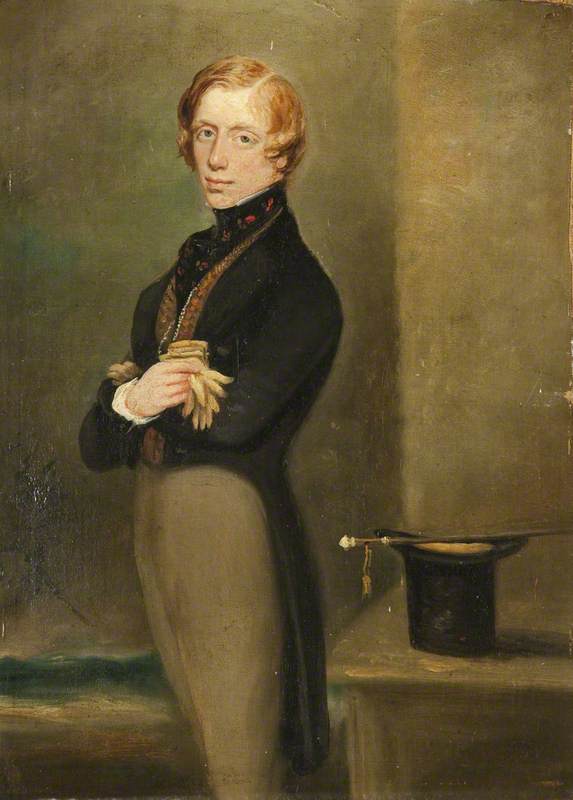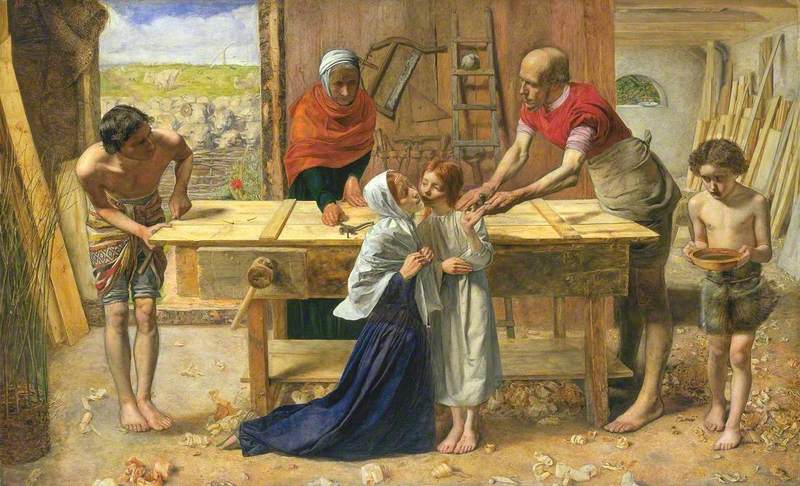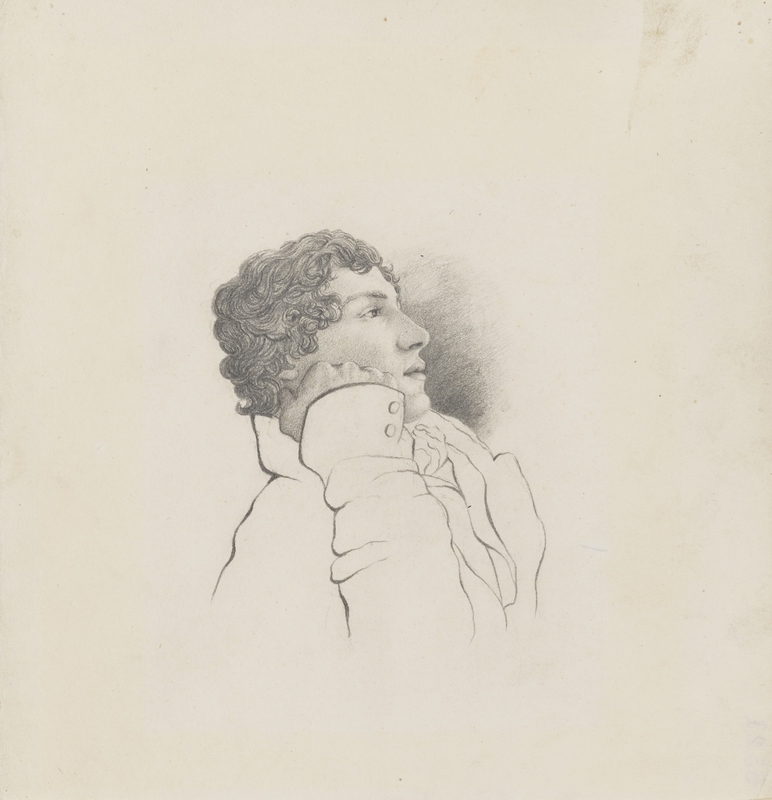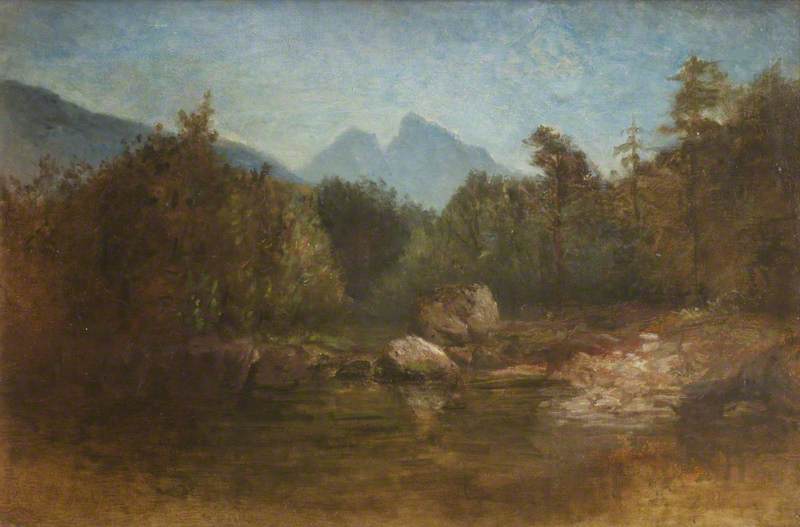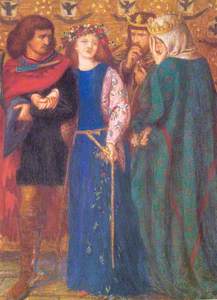L. S. Lowry and Pre-Raphaelite art may seem an unlikely combination but, looking back over the years, Lowry could say without hesitation: ‘As a
Our new exhibition at The Lowry tells the story of how Lowry fell in love with the Pre-Raphaelites. It includes works formerly owned by Lowry alongside some of his favourite pictures in public and private collections around the country.
Wilhelmus Conquistador (The Body of Harold)
1844–1861
Ford Madox Brown (1821–1893) 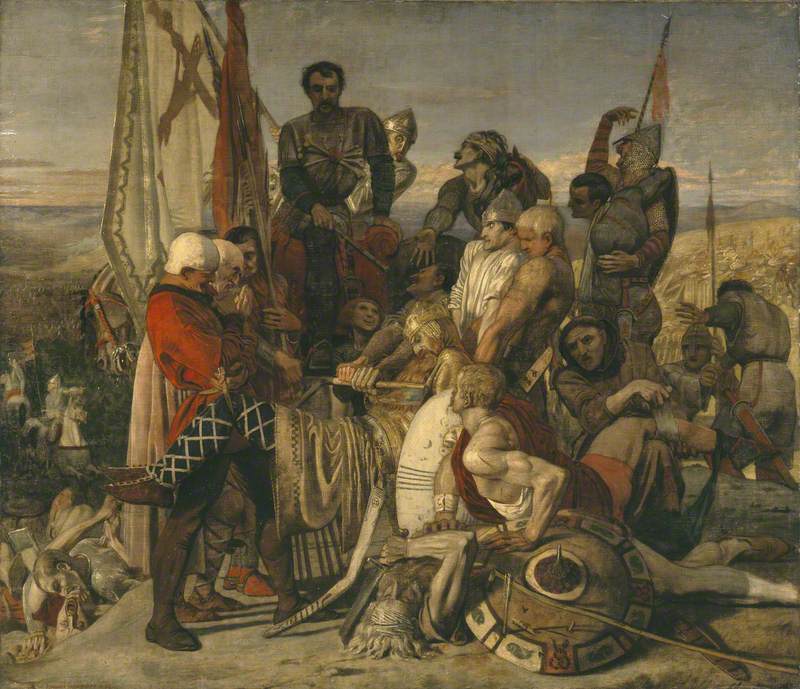
Growing up in a city with one of the best public collections of Pre-Raphaelite art in the country, Lowry considered Manchester City Art Gallery home to some of the greatest paintings by his favourite artists including The Bower Meadow (1872) and Wilhelmus Conquistador (The Body of Harold) (1861).
The Establishment of the Flemish Weavers in Manchester, 1363
1888
Ford Madox Brown (1821–1893) 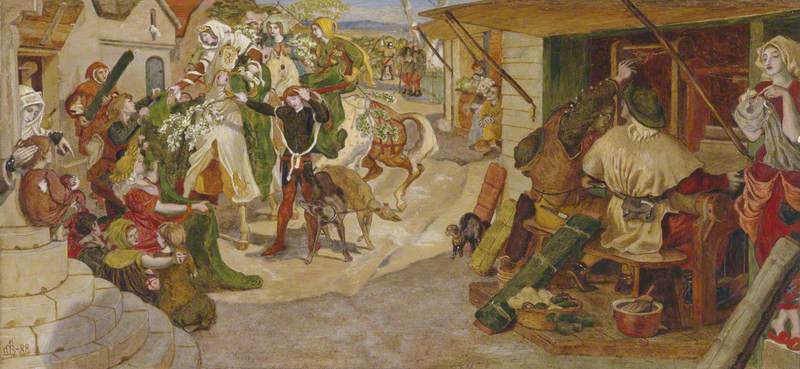
Crabtree Watching the Transit of Venus, 1639
1881–1888
Ford Madox Brown (1821–1893) 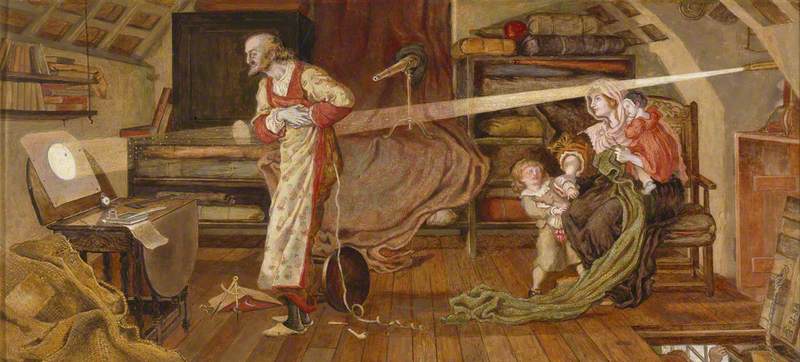
The Proclamation Regarding Weights and Measures, 1556
1889
Ford Madox Brown (1821–1893) 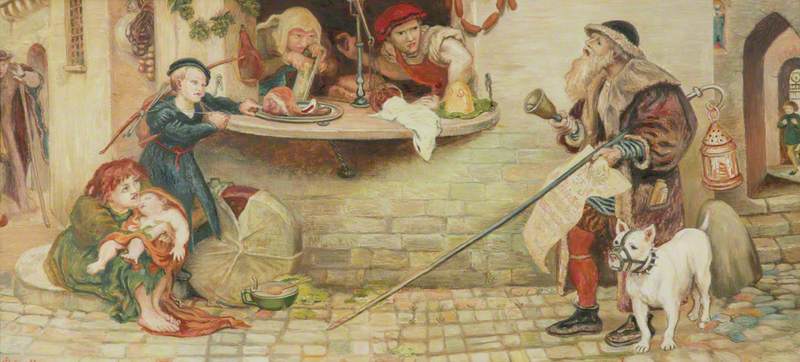
Across the road in the Town Hall were Ford Madox Brown’s murals depicting the rise and progress of Manchester, completed when Lowry was a small boy.
In 1911 the Art Gallery hosted a ‘Loan Exhibition of Works by Ford Madox Brown and the Pre-Raphaelites’ including over 320 works. Lowry’s copy of the catalogue survives and the exhibition had a considerable impact on him as a young man. He later recalled saying to his father at about this time, 'I wish you'd buy me a Rossetti painting.'
Many of these works remain firm favourites with visitors today, including Lowry’s all-time favourite painting by Rossetti – Astarte Syriaca. At the time, however, Lowry was slightly out of step with more fashionable Modernism. When he extolled the virtues of Pre-Raphaelite art in the mid-1950s he jokingly recalled, ‘My friends thought nothing of my taste.’
His interests in art were broad, ranging from Surrealism to early works by Lucian Freud, but he continued to seek out pictures by the Pre-Raphaelites in exhibitions and galleries across the country for over 40 years. His habit of hopping on public transport (almost randomly it would seem) to various destinations where he wandered the streets making sketches, also allowed him to visit the local art galleries.
In 1952 Lowry retired from the Pall Mall Property Company where he had been employed since 1910. He had always bought pictures but his purchases had focused on one or two artist friends, or were bought to support young artists and were rarely hung on his walls. After he retired, perhaps with a sense of a lifetime’s waiting, he bought his first Rossetti.
The First Madness of Ophelia
(also known as 'Horatio Discovering the Madness of Ophelia') 1864
Dante Gabriel Rossetti (1828–1882) 
Through the 1950s and 1960s he purchased works by Burne-Jones, Charles Fairfax Murray, Elizabeth Siddal and Ford Madox Brown but Rossetti, he confessed, was ‘the only one I ever wanted to possess.’ Several pictures came from the Stone Gallery in Newcastle where a group of clients formed an informal Rossetti Society, with Lowry as their President. The only rule of membership was ownership of a work by the artist that had been bought from the gallery. Mainly an excuse to dine out together, after Lowry’s death the Society ceased to exist.
Study of a Pall-Bearer for ‘Dante's Dream’
1874
Dante Gabriel Rossetti (1828–1882) 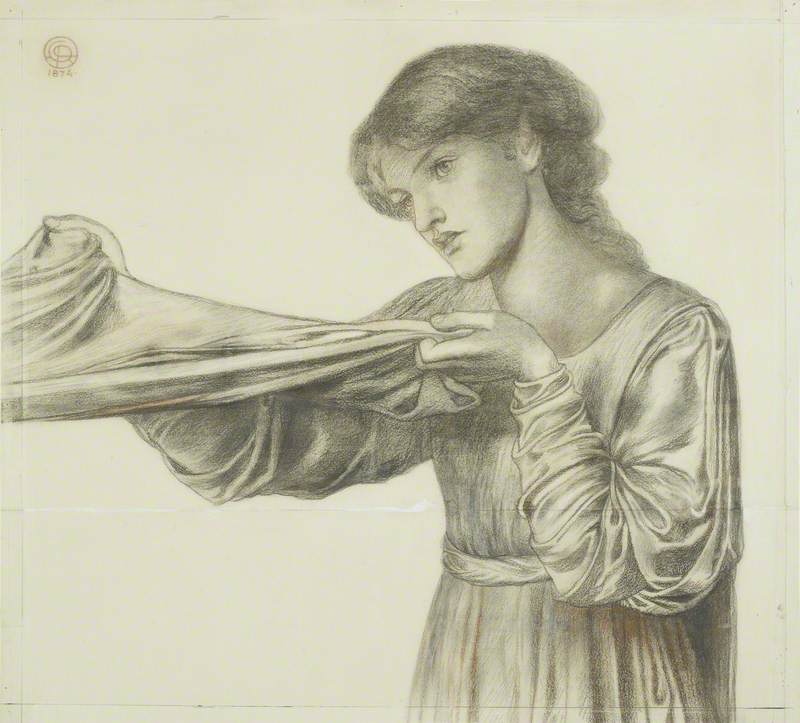
What was it that drew Lowry to the work of Rossetti and Brown in particular? He considered Ford Madox Brown the better draughtsman and one of the greatest British artists. Lowry saw drawing as an artist’s core skill and felt that his own traditional academic training, obtained at evening classes, was the foundation for everything. Nonetheless, Brown’s subjects did not appeal to him in the same way that Rossetti’s did. The vast majority of Lowry’s collection was made up of Rossetti’s portraits of women. The fact that they were the artist’s vision of the real woman was perhaps part of their appeal.
The woman who appears most often in Lowry’s work is the mysterious Ann. Though anyone who knew him had little reason to doubt that she was real, her existence has never been proved. Ann’s stylised features make her an abstract, ideal woman – Lowry’s own response to the Rossetti femme fatale.
By 1970, Lowry had ceased actively collecting. Although he had started purchasing Pre-Raphaelite works late in life he had stayed true to his younger self – the life class student who had discovered their art in local collections and decided to seek them out elsewhere. Though apparent opposites, Lowry and the Pre-Raphaelites were lifetime companions. As he commented at the height of his collecting, ‘I’m a Victorian all right, you know!’
Claire Stewart, Curator, The Lowry Collection
'Lowry & the Pre-Raphaelites' was on display at The Lowry from 10th November 2018 to 24th February 2019
